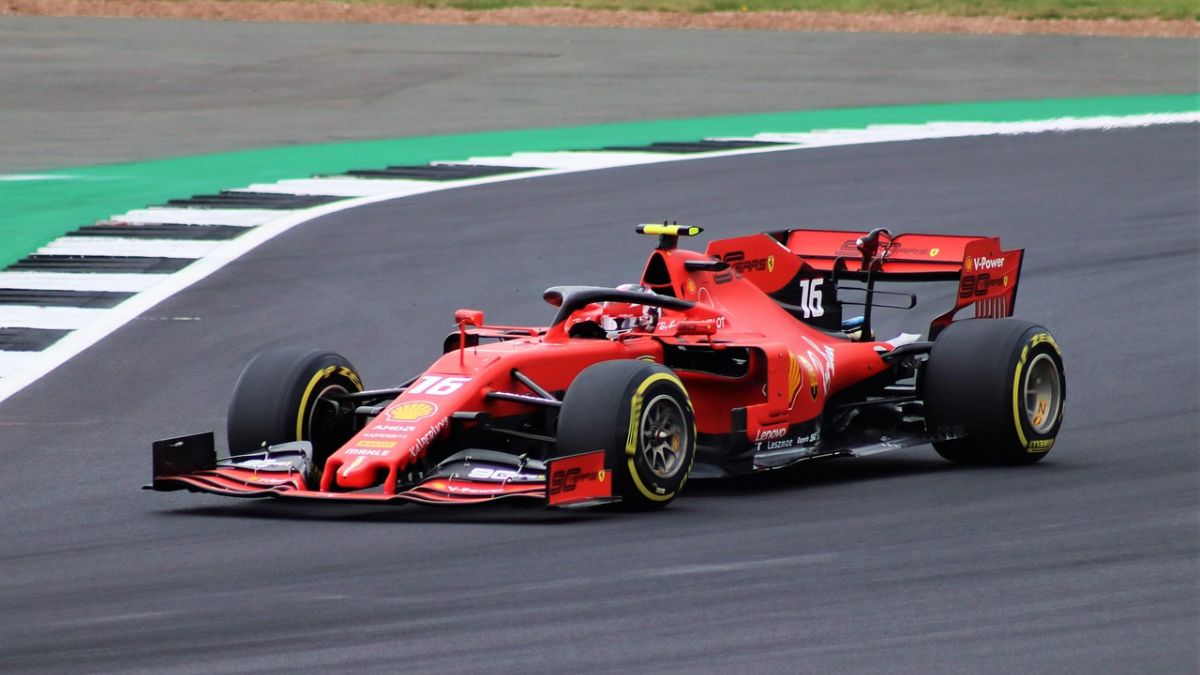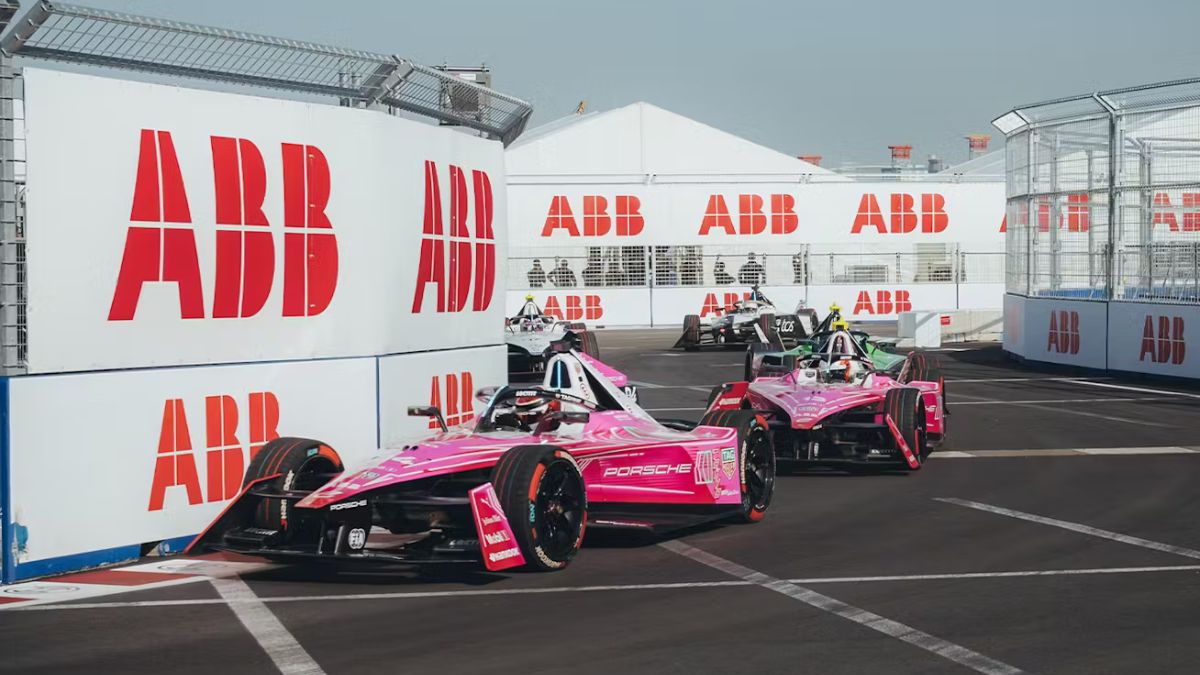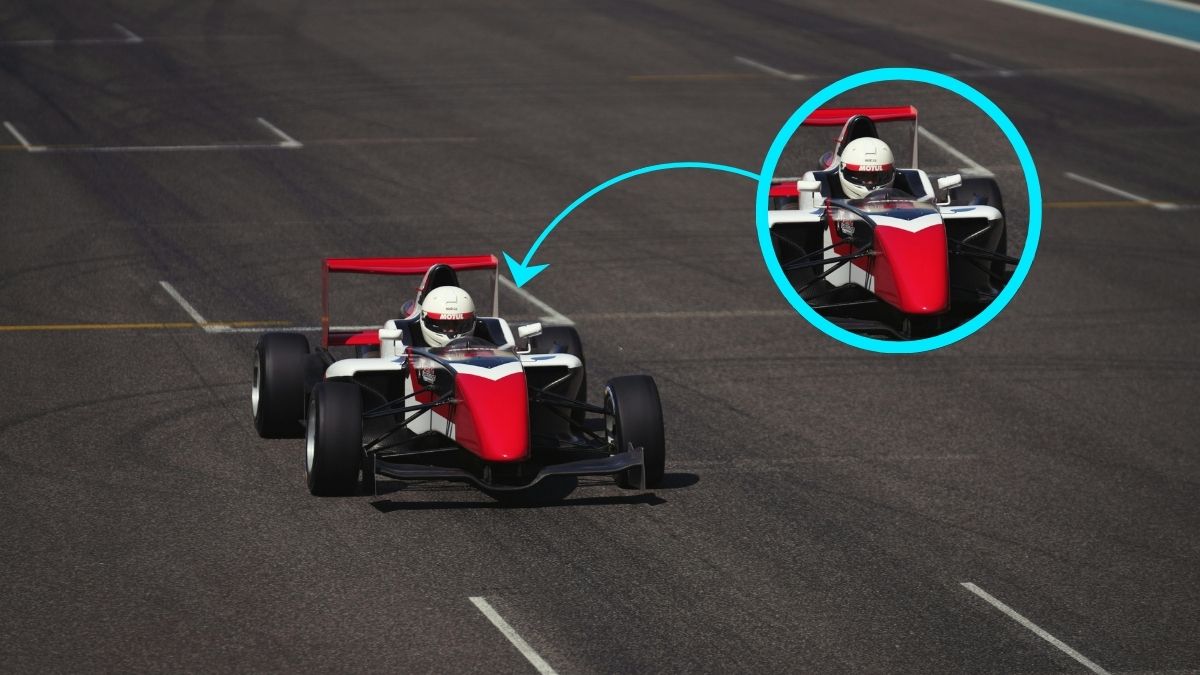When people talk about racing, one common question is: “Formula 1 vs Formula E: Which is faster?” It makes sense to compare them — after all, Formula 1 is the legendary giant of motorsport, while Formula E is its electric challenger. Both feature single-seater race cars and are run by the FIA, but they differ a lot in their goals, technology, and of course, their top speeds.
| Category | Formula 1 | Formula E |
| Top Speed | ~370 km/h (230 mph) | ~320 km/h (199 mph) |
| 0-100 km/h Acceleration | 2.6 seconds | 2.8 seconds |
| Power Output | 1000+ HP (Hybrid V6 Turbo) | 470 HP (350 kW) |
| Race Duration | Approx. 1.5-2 hours | Approx. 45 mins + 1 lap |
| Range per Race | 305 km (190 miles) | Approx. 100 km (62 miles) |
| Vehicle Weight | 798 kg (with driver) | 840 kg (with driver) |
| Max RPM | 15,000 RPM | Approx. 20,000 RPM (electric motor) |
| Fuel/Battery | Petrol Hybrid | Electric Battery (40 kWh) |
| Noise Level | Extremely Loud | Quieter, high-pitched |
| Circuit Type | Permanent and Temporary Circuits | Street Circuits |
What Makes Formula 1 Cars So Fast?

Formula 1 has always been about pushing the limits of engine power and aerodynamics to reach incredible speeds. F1 cars use advanced hybrid engines that combine a turbocharged V6 with energy recovery systems (ERS). Together, they produce around 1000 horsepower, which helps them reach speeds of over 360 km/h (223 mph) — and in some cases, even close to 400 km/h.
These cars are also super quick off the line, going from 0 to 100 km/h (0-62 mph) in just 2.6 seconds. But it’s not just about power — their special aerodynamic design creates strong downforce, which keeps the car firmly stuck to the track, especially when taking sharp corners at high speeds. Every part of the car, from the wings to the floor, is carefully shaped to manage airflow and reduce lift. This clever design plays a huge role in helping F1 cars achieve lightning-fast lap times on big, purpose-built race tracks.
What Makes Formula E Cars Unique?

Formula E was created with a different goal in mind — to promote electric vehicles and highlight sustainable racing. Instead of gas-powered engines, Formula E cars run entirely on batteries and electric motors. The latest models, known as the Gen3 Evo, can reach speeds of about 322 km/h (200 mph). That’s fast, but still slower compared to Formula 1 cars.
However, where Formula E cars really stand out is their acceleration. Electric motors deliver instant power, allowing the Gen3 Evo to go from 0 to 100 km/h in just 1.86 seconds — even faster than an F1 car! This shows one of the biggest strengths of electric racing: incredible acceleration from a standstill, thanks to the instant torque of electric engines.
How Race Tracks Impact Speed in Formula 1 and Formula E
The type of tracks each series races on also affects their speed. Formula 1 usually takes place on specially designed race tracks like Silverstone, Spa-Francorchamps, and Monza. These tracks have long straights, wide turns, and plenty of space for safety, which lets F1 cars reach their top speeds and use their strong aerodynamic grip.
On the other hand, Formula E races mostly on temporary street circuits built in the middle of big cities. These tracks are much tighter, narrower, and often have bumpy roads with little room for error. Because of this, Formula E cars can’t hit the same high speeds as F1, but they focus more on quick acceleration out of slow corners and strong braking.
A big advantage for Formula E cars is their regenerative braking, which helps them recover energy while slowing down. This feature is especially useful on street circuits where sharp turns and heavy braking are common.
Formula 1 vs Formula E: Lap Time Comparison
When comparing lap times on similar tracks, Formula 1 cars are much faster than Formula E cars. For example, on a track like Monaco, an F1 car can complete a lap 20 to 25 seconds quicker than a Formula E car.
This big difference comes down to a few key factors: F1 cars have more power, better aerodynamics (downforce), and highly advanced braking systems. These features let them take corners at higher speeds and keep a much faster pace throughout the entire lap.
Why Formula E is More Than Just Speed
While F1 cars are faster, speed isn’t the only thing that makes racing exciting or important. Formula E brings something different to the table with its focus on sustainability, close wheel-to-wheel racing, and challenging street circuits. Plus, with each new generation of cars, Formula E is getting faster and more advanced.
Formula 1 keeps pushing the limits of hybrid engines, but Formula E is leading the way in electric vehicle innovation. The improvements made in battery technology, motor efficiency, and energy management during races often end up benefiting everyday electric cars. So, even if Formula E isn’t as fast as F1 yet, it’s playing a crucial role in shaping the future of cars and clean mobility.
Final Thoughts: Formula 1 vs Formula E
In the end, when it comes to pure speed, top speeds, and fastest lap times on traditional race tracks, Formula 1 is still the fastest. Years of work on combustion engines and aerodynamics have made F1 the top tier of high-performance racing.
But Formula E brings its own strengths, like incredible acceleration and fast-growing electric technology. It shows us what the future of electric cars could look like.
Both Formula 1 and Formula E are pushing the limits of engineering in their own ways, and each offers a unique and exciting experience for racing fans.

